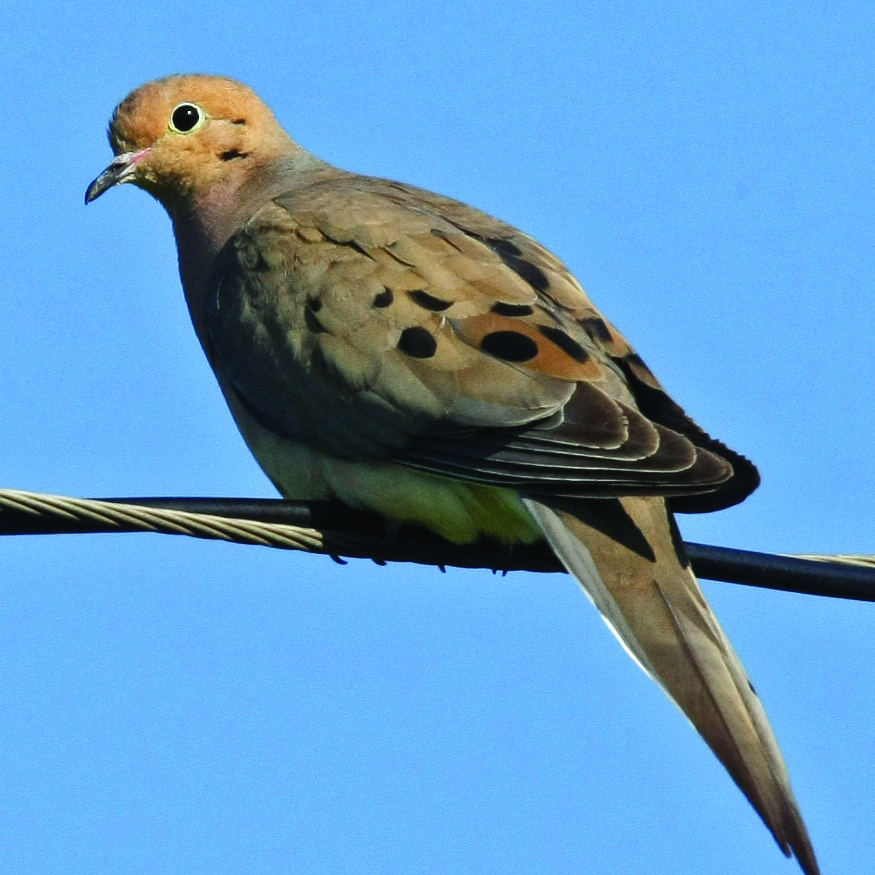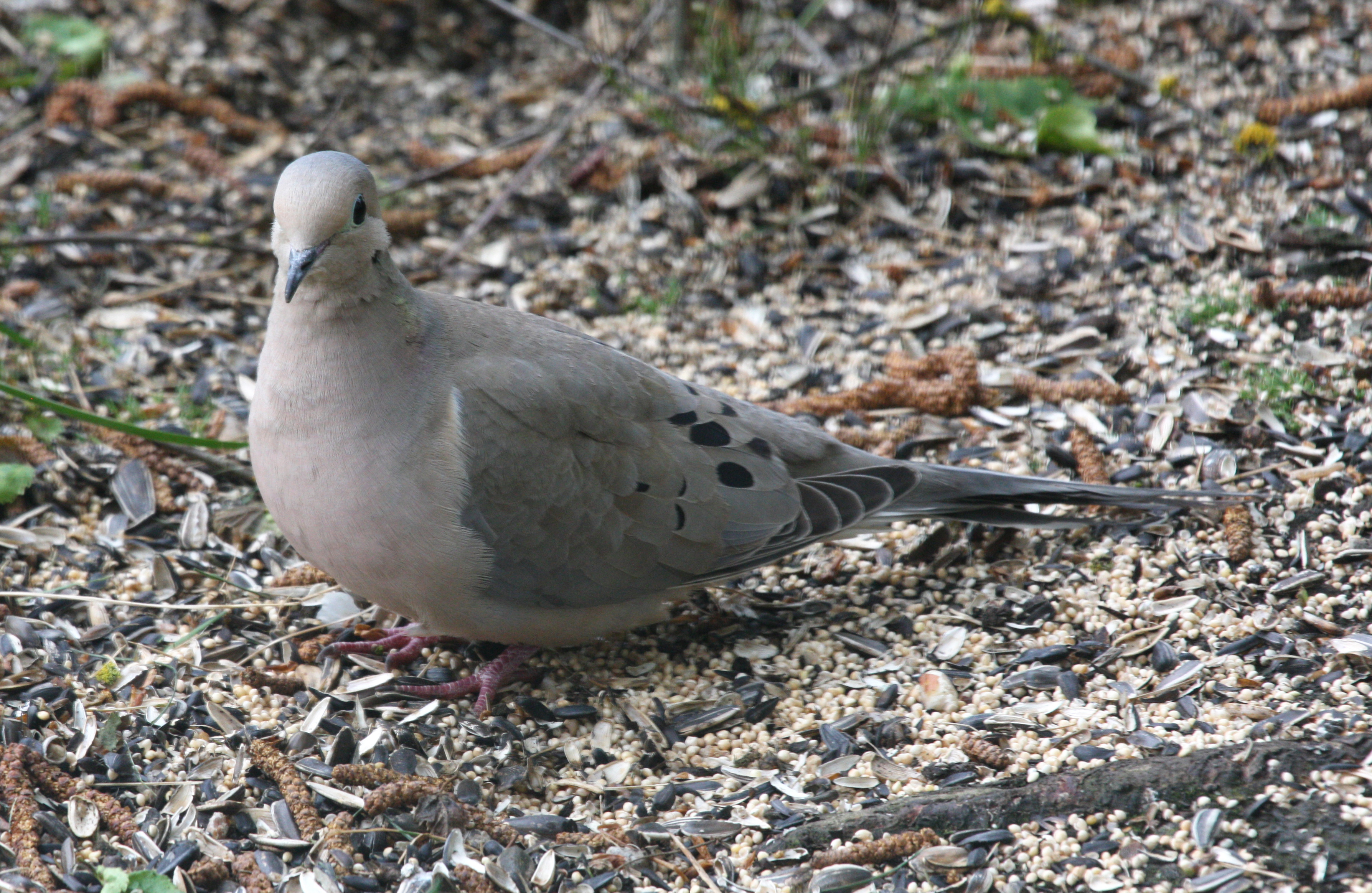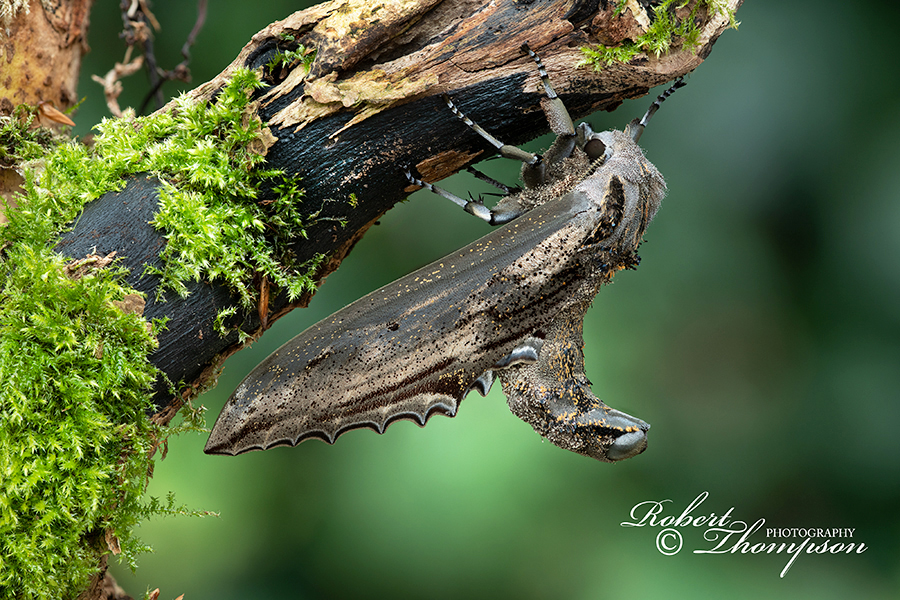The Clarion Island Dove: A Unique Avian Treasure
Share
The Clarion Island Dove, scientifically known as Zenaidura macroura clarionensis, is a remarkable subspecies of dove that is endemic to Clarion Island, part of the Revillagigedo Islands off the west coast of Mexico. This article delves into the taxonomy, physical characteristics, habitat, diet, behavior, reproduction, and conservation status of this fascinating bird, providing insights into its ecological significance and tips for birdwatchers.

Taxonomy
The Clarion Island Dove belongs to the order Columbiformes and the family Columbidae. Within this family, it is classified under the suborder Columbae and the subfamily Columbinae. The species Zenaidura macroura was first described by C. H. Townsend in 1890, with the subspecies clarionensis specifically identified as native to Clarion Island.
Physical Characteristics
The Clarion Island Dove is characterized by its slender body, long tail, and soft, rounded wings. It exhibits a muted color palette, primarily featuring shades of gray and brown, which provides excellent camouflage against the rocky terrain of its habitat. The dove's eyes are large and dark, surrounded by a delicate ring of feathers, giving it a gentle appearance.

Habitat
This subspecies is confined to Clarion Island, which is known for its rugged landscape and unique flora. The island's environment consists of volcanic rock, sparse vegetation, and limited freshwater sources. The Clarion Island Dove thrives in this challenging habitat, often found in areas with low shrubs and open spaces where it can forage for food.

Diet
The diet of the Clarion Island Dove primarily consists of seeds, fruits, and grains. It forages on the ground, using its keen eyesight to locate food. The dove plays a crucial role in its ecosystem by aiding in seed dispersal, which contributes to the growth of various plant species on the island.

Behavior
The Clarion Island Dove is known for its gentle and social behavior. It often forms small flocks, especially during feeding times. The dove communicates through soft cooing sounds, which can be heard echoing across the island. Its flight is characterized by a series of quick flaps followed by gliding, allowing it to navigate the rocky terrain with ease.

Reproduction
Breeding season for the Clarion Island Dove typically occurs during the warmer months. The female lays two eggs in a simple nest made of twigs and grasses, usually located in low shrubs. Both parents share the responsibility of incubating the eggs and caring for the chicks once they hatch. The young doves fledge within a few weeks, becoming independent shortly after.
Conservation Status
The Clarion Island Dove is currently classified as vulnerable due to its limited range and habitat loss. Conservation efforts are essential to protect this unique subspecies and its environment. Habitat preservation and monitoring of the dove's population are critical to ensuring its survival.
Birdwatching Tips
For birdwatchers interested in observing the Clarion Island Dove, visiting Clarion Island is essential. The best time to spot these doves is during the early morning or late afternoon when they are most active. Patience and quiet observation are key, as these birds can be shy and easily startled.
In summary, the Clarion Island Dove is a unique avian species that embodies the beauty and fragility of island ecosystems. Its limited range and vulnerable status highlight the importance of conservation efforts to protect not only this dove but also the rich biodiversity of Clarion Island. Observing this dove in its natural habitat offers a glimpse into the delicate balance of nature and the need for ongoing preservation efforts.